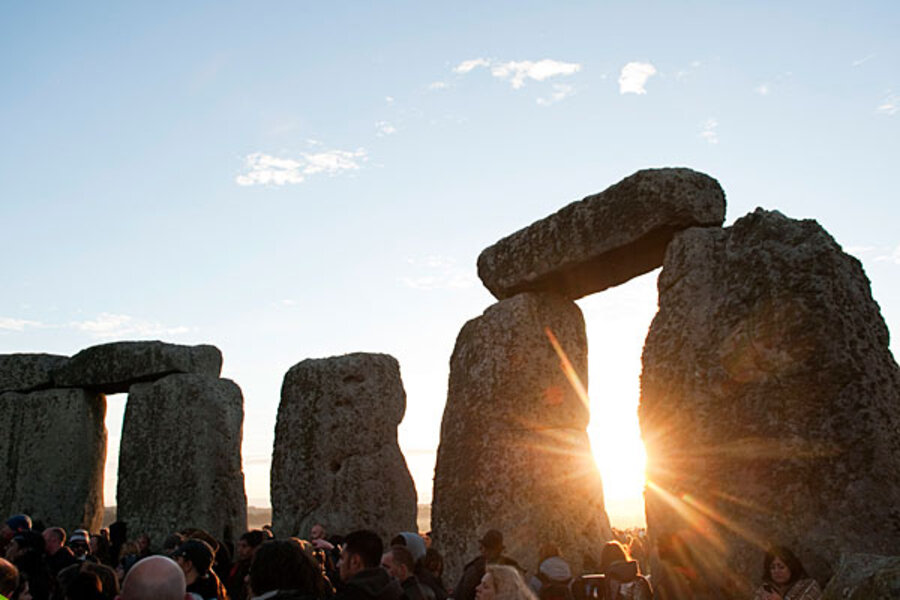Summer solstice: Everything you want to know
Loading...
The summer solstice shouldn't come as a surprise. It arrives at pretty much the same time every year. But some of the little-known facts behind and surrounding the solstice are fascinating. First, the basics:
Summer in the Northern Hemisphere will officially arrive on Tuesday (June 21) at 1:16 p.m. EDT (17:16 Universal Time ): the June solstice. At the same time, winter officially begins for the Southern Hemisphere.
At that moment, the sun will reach the point where it is farthest north of the celestial equator. To be more precise, when the summer solstice occurs, the sun will appear to be shining directly overhead at a point on the Tropic of Cancer (latitude 23.5 degrees north) in the Great Bahama Bank, roughly halfway between Andros Island and central Cuba. [Gallery: Stunning Summer Solstice Photos]
Extreme daylight
From no point in the contiguous 48 United States can the sun appear directly overhead. From New York, for instance, at 12:57 p.m. Eastern Time, the sun will attain its highest point in the sky for this entire year, standing 73 degrees above the southern horizon or about four-fifths of the way up from the horizon to the point directly overhead.
And since the sun will appear to describe such a high arc across the sky, the duration of daylight is now at its most extreme. In fact, north of the Arctic Circle, which encompasses northern Alaska, far-northern Canada, much of Greenland as well as the northernmost parts of Norway, Sweden and Finland, the sun now remains above the horizon for an entire 24-hour day, leading to the effect known as the "midnight sun."
However, contrary to popular belief, the earliest sunrise and latest sunset do not coincide with the summer solstice. For mid-northern latitudes, the earliest sunrise actually occurred on June 14, while the latest sunset is not due until June 27. [Where to Be for Summer's Solstice Kickoff]
Hotter weather
If the insolation — the total energy received from the sun — alone governed the temperature, we should be experiencing the year’s hottest weather right now.
But the atmosphere in temperate regions continues to receive more heat than it gives up to space, a situation that lasts a month or more, depending on the latitude. Though it depends on the local climate, most locations see the hottest part of the year occurring in late July. A reverse process occurs after the winter solstice in December; most places see their coldest weather in late January.
The solar heating depends directly on the sun's altitude in the sky, which also controls its daily path and the number of hours the sun is above the horizon. As an example, although on April 12 the insolation is the same as on Aug. 31, thanks to the seasonal temperature lag, the northern and central United States can still experience a freeze at the former date, or endure a 90 degree heat wave at the latter.
Armistice
Just as the word "armistice" is defined as a staying of the action of arms, "solstice" is a staying of the sun's apparent motion over the latitudes of the Earth.
At the summer solstice, the sun stops its northward motion and begins heading south. At the winter solstice, it turns north.
So technically on Tuesday, even at 17:17 UT, the sun will have turned around and started on its six-month journey south. It will cross the equator at the vernal equinox, passing into the Southern Hemisphere on Sept. 23, at 9:05 UT.
Joe Rao serves as an instructor and guest lecturer at New York's Hayden Planetarium. He writes about astronomy for The New York Times and other publications, and he is also an on-camera meteorologist for News 12 Westchester, New York.





